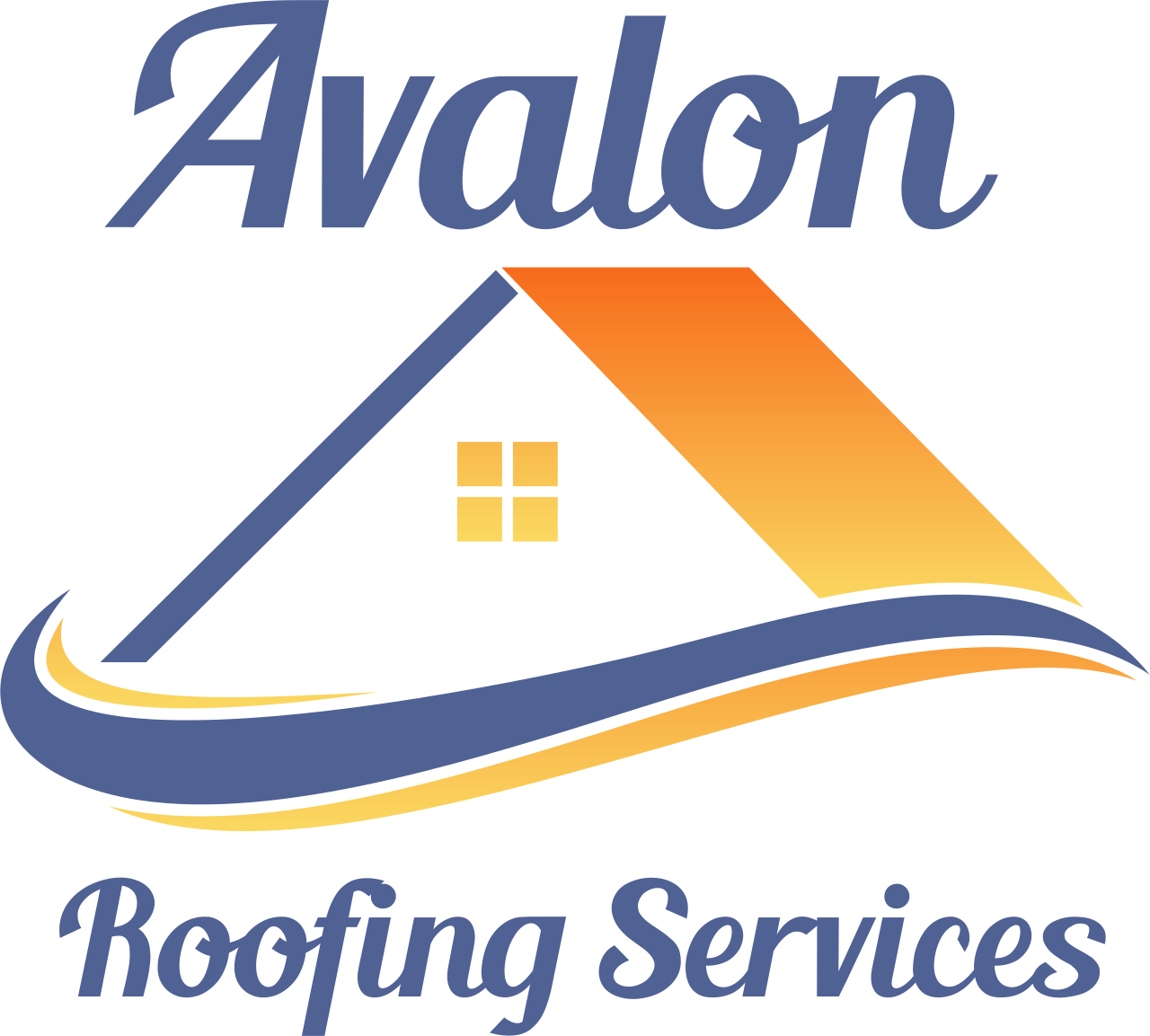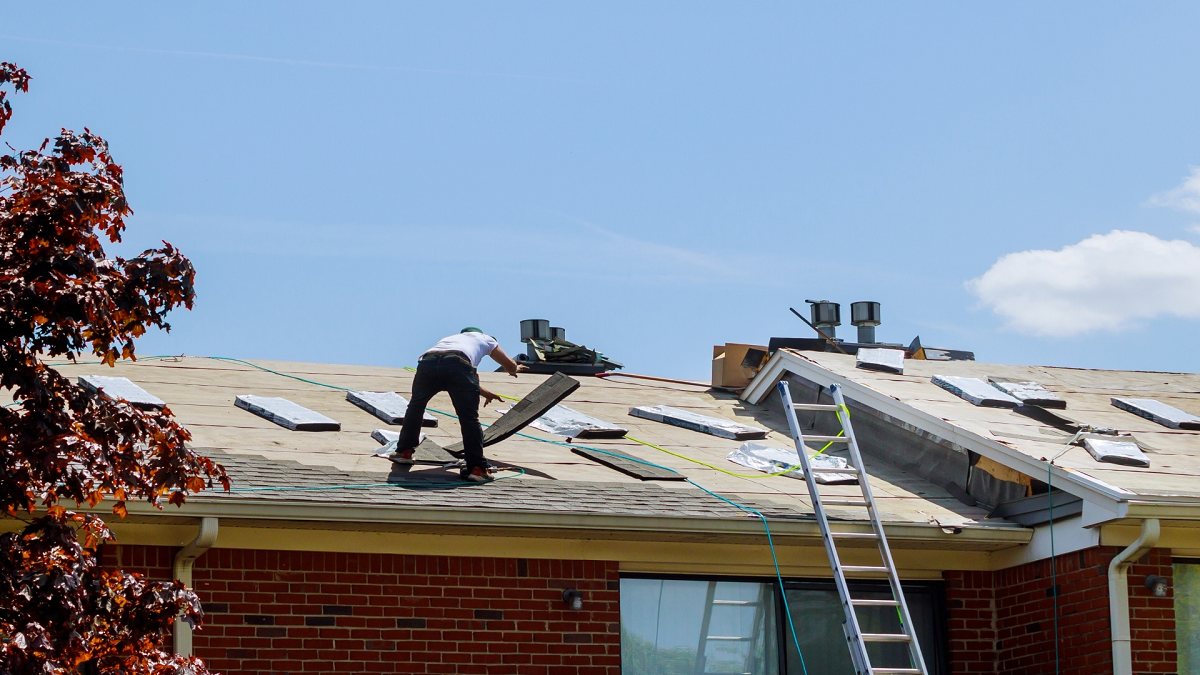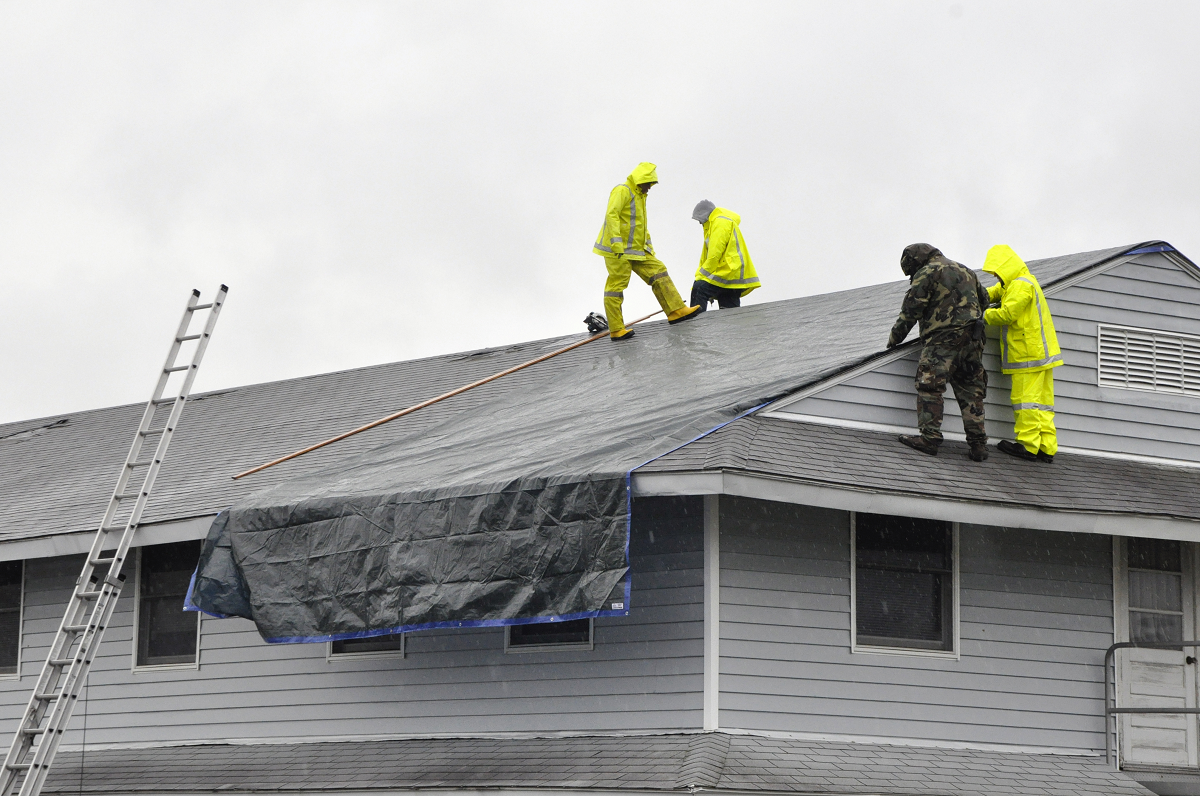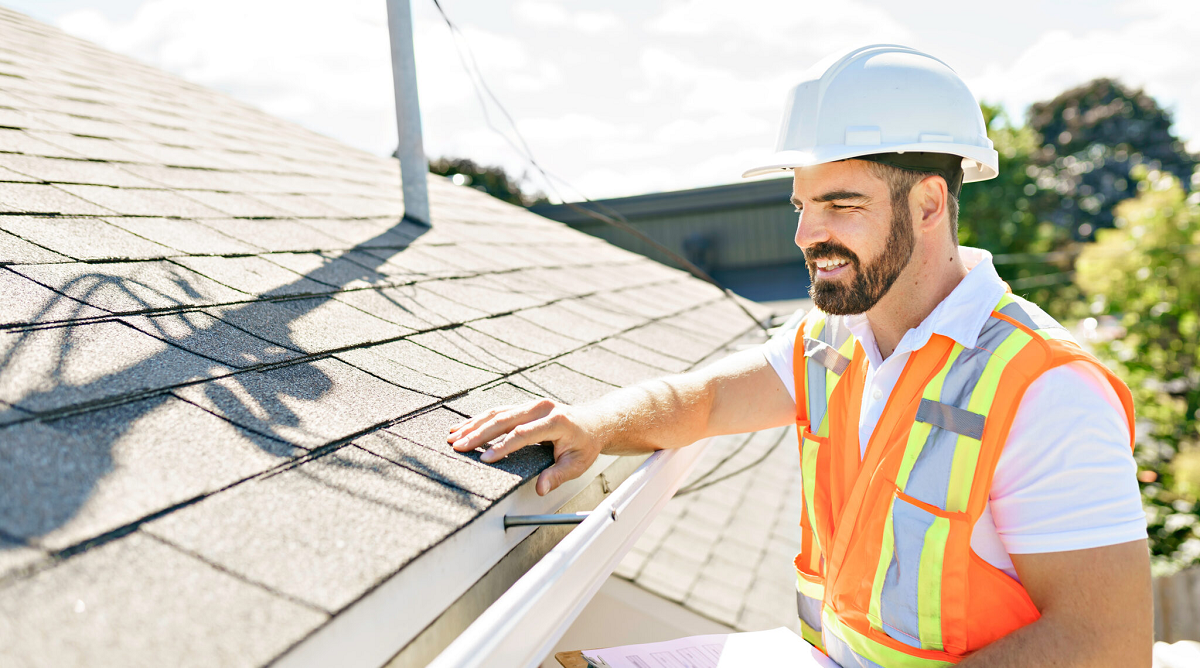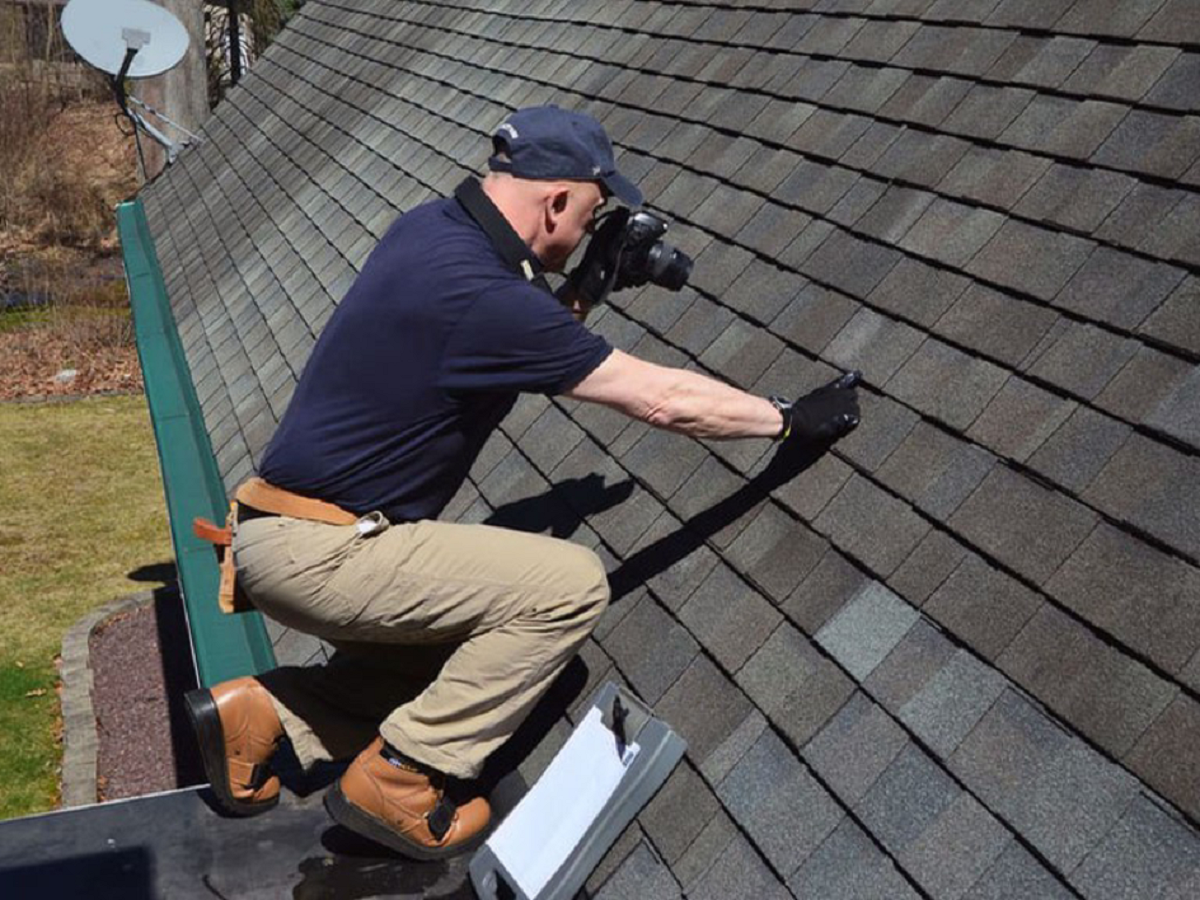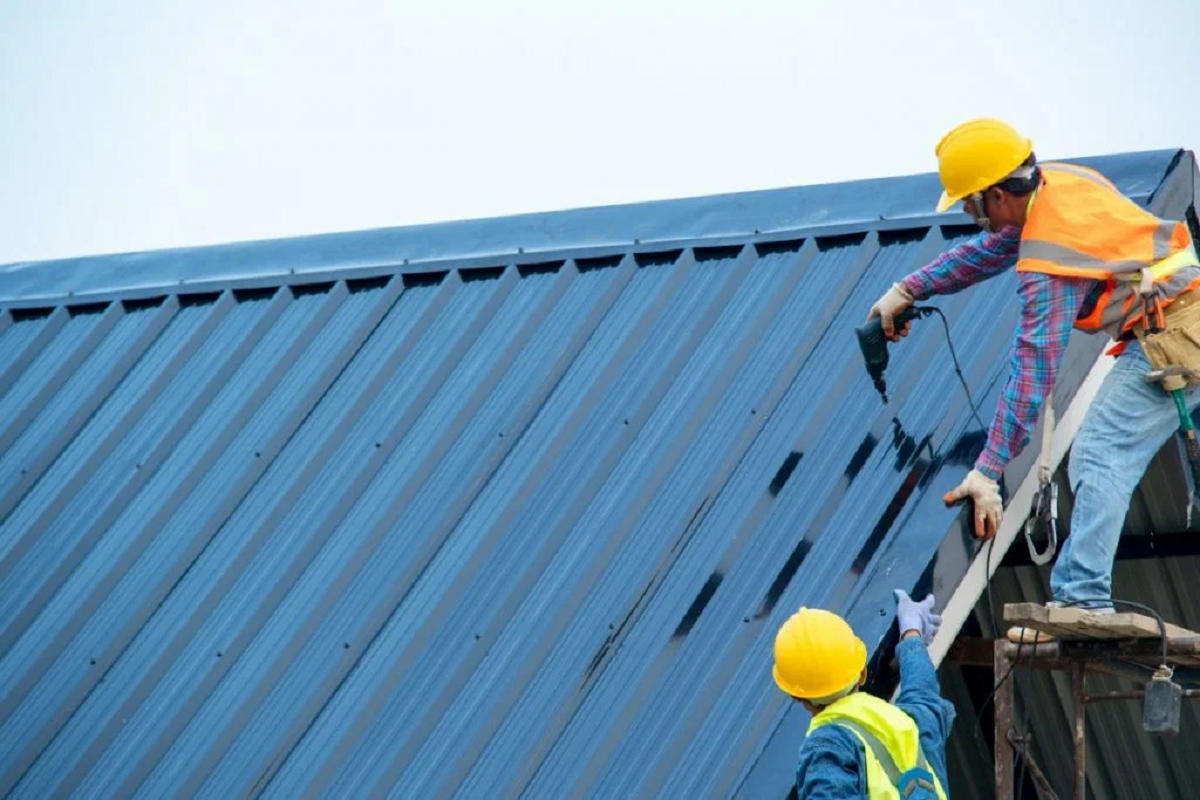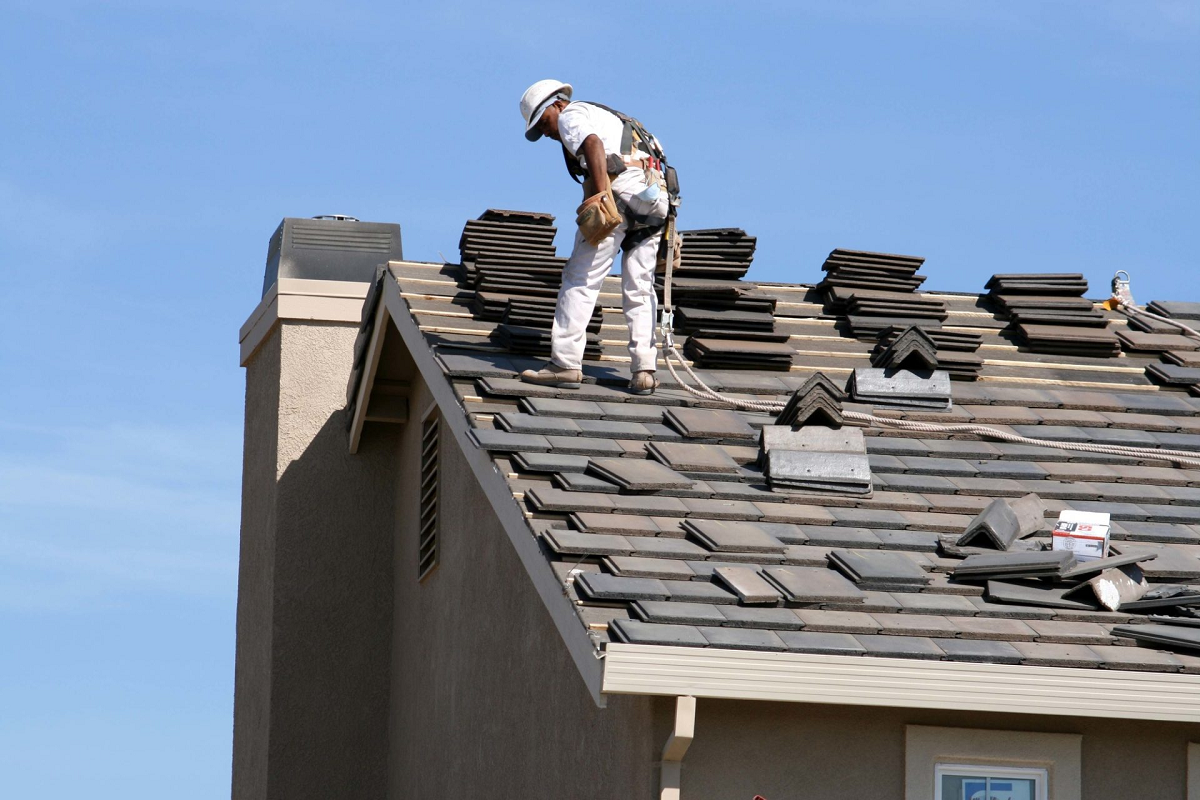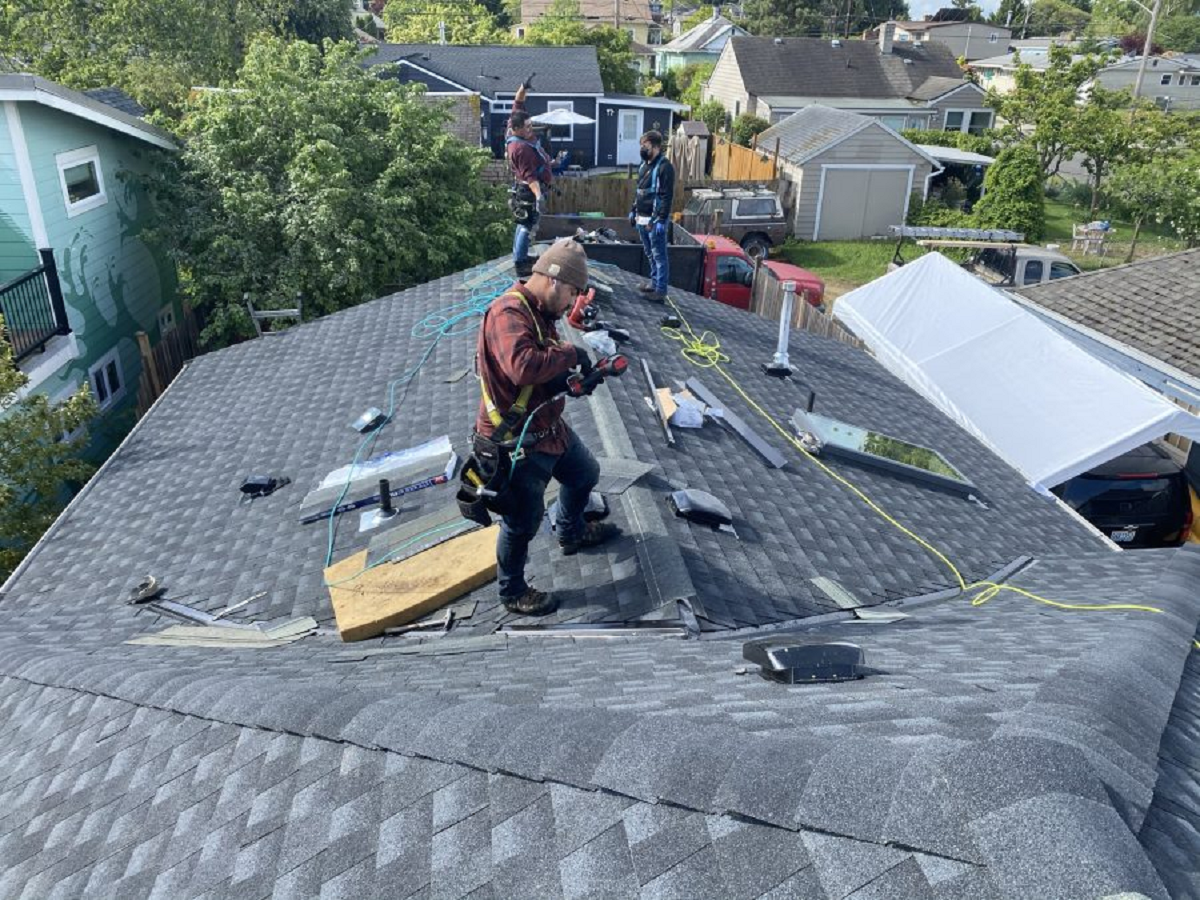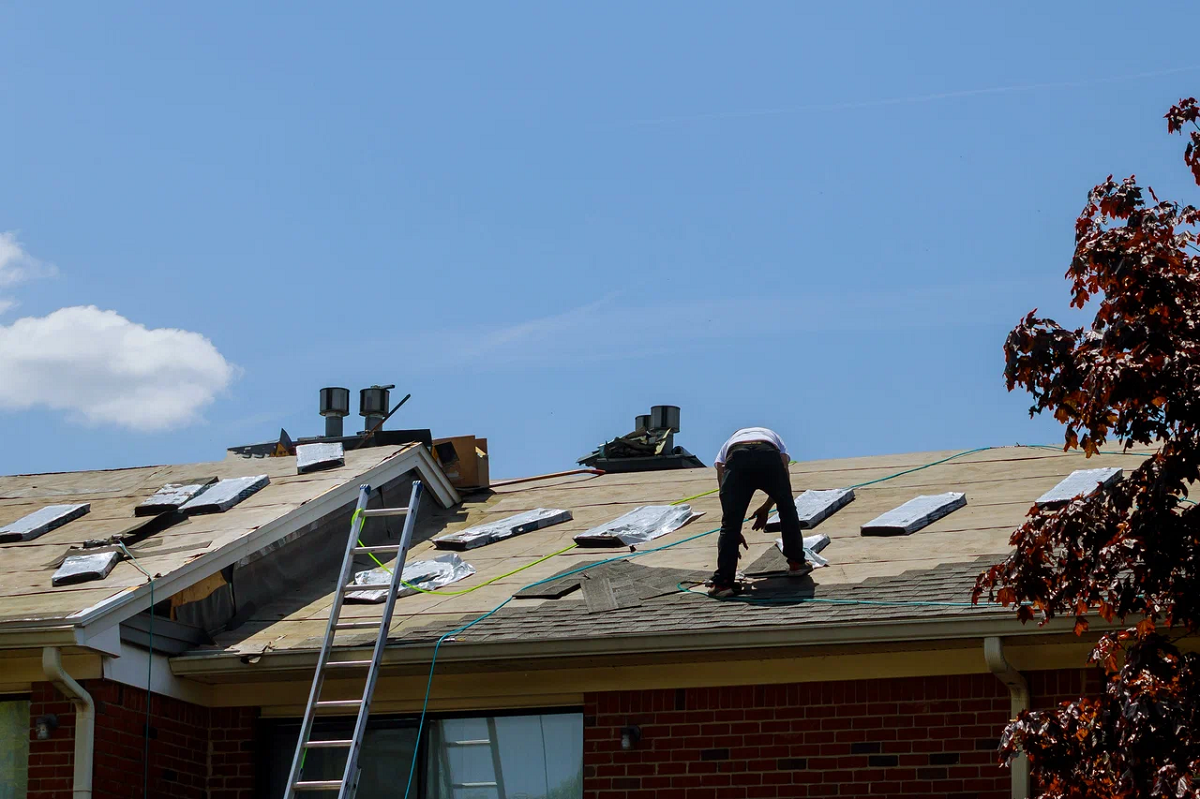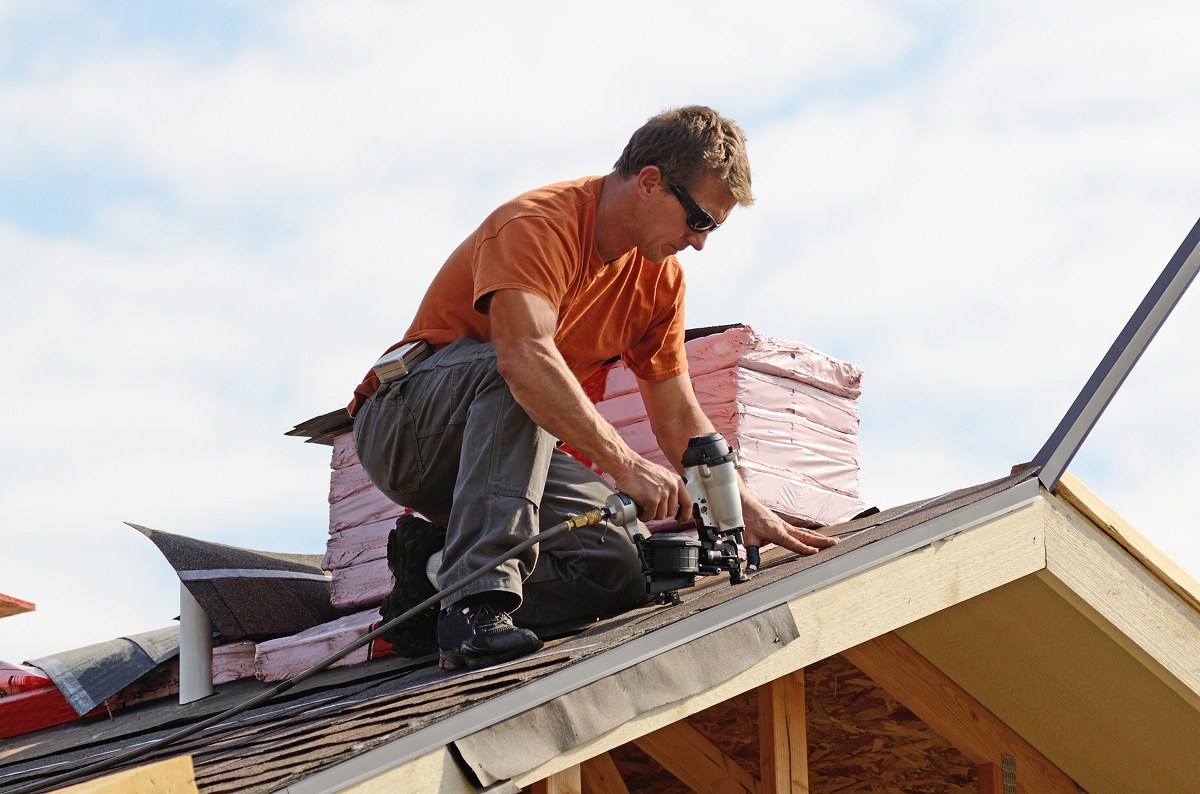Comparing The Fire Resistance Of Different Roofing Materials
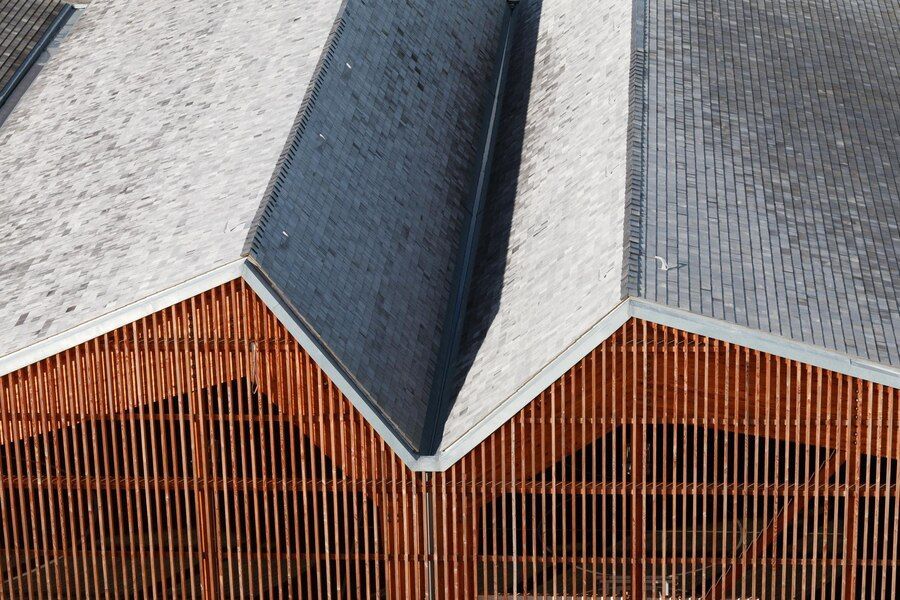
When it comes to ensuring the safety and durability of a building, few factors are as crucial as the choice of roofing material. One significant aspect often overlooked is the material's resistance to fire. Understanding the fire resistance of various roofing materials is paramount, especially in regions prone to wildfires or other fire hazards.
From traditional asphalt shingles to metal roofing and beyond, each material offers a unique set of characteristics that determine its ability to withstand fire. In this blog post, we delve into the world of roofing materials, comparing their fire resistance qualities to help you make informed decisions for your next roofing project.
Understanding Fire Ratings: A Primer
Fire ratings play a pivotal role in determining a roofing material's ability to withstand fire hazards. These ratings are typically assigned based on rigorous testing conducted by regulatory agencies or independent laboratories. The classifications range from Class A, representing the highest level of fire resistance, to Class C, indicating the least resistance.
Understanding these ratings is crucial for homeowners and builders alike, as they directly influence safety standards and insurance premiums. Factors such as ignition resistance, flame spread, and smoke development are evaluated to determine a material's fire rating. By comprehending the nuances of fire ratings, individuals can make informed decisions when selecting roofing materials for their properties, prioritizing safety and resilience against potential fire incidents.
Asphalt Shingles: Traditional Choice vs. Fire Resistance
Asphalt shingles have long been a traditional choice for roofing, valued for their affordability and versatility. However, when it comes to fire resistance, not all asphalt shingles are created equal. Here's what you need to know:
- Composition Matters: Traditional organic asphalt shingles are less fire-resistant compared to their fiberglass counterparts.
- Fiberglass Advantage: Fiberglass shingles typically offer higher fire ratings due to their composition, including a fiberglass mat coated with asphalt and mineral granules.
- Verify Fire Ratings: It's essential for homeowners to verify the specific fire rating of the asphalt shingles they choose.
- Proper Installation: Ensuring proper installation and maintenance play vital roles in maximizing the fire resistance of asphalt shingle roofs.
- Regular Inspections: Regular inspections for damage or deterioration are crucial to maintaining the fire resistance of asphalt shingle roofs over time.
Metal Roofing: Strength and Fire Resilience
Metal roofing is renowned for its durability and longevity, making it a favored option for both residential and commercial buildings. Notably, it boasts impressive fire resistance, surpassing traditional materials like wood or asphalt. Typically made from steel or aluminum, metal roofing materials are inherently non-combustible, earning them high fire ratings.
Moreover, they are less prone to ignition from sparks or embers, thereby reducing the risk of fire spreading, especially during wildfires. However, it's important to note that the fire resistance of metal roofing can vary based on factors like coating materials and installation methods. To further enhance fire resilience, proper insulation and ventilation are essential to prevent heat transfer into the structure's interior.
Clay and Concrete Tiles: Ancient Materials with Modern Safety
Clay and concrete tiles are renowned for their durability, aesthetics, and exceptional fire resistance. Crafted from natural clay minerals or a mixture of cement, sand, and water, these materials offer robust protection against fire hazards, often earning high fire ratings. Their dense composition and interlocking design make them non-combustible and able to withstand high temperatures without igniting.
Additionally, their mass provides added defense against ember intrusion and flame spread. While they may entail a higher initial cost, their longevity and superior fire resistance make them a valuable investment for homeowners prioritizing peace of mind and long-term durability.
Composite Roofing: Balancing Aesthetics And Fire Safety
Composite roofing strikes a balance between aesthetics and fire safety, offering homeowners both style and security. Made from a blend of materials like plastic and recycled fibers, these shingles mimic the appearance of natural materials while providing enhanced durability and fire protection.
- Aesthetic versatility: Composite shingles come in a variety of colors, textures, and styles, allowing homeowners to achieve the desired look for their homes.
- Durability: Composite materials are engineered to withstand harsh weather conditions, including high winds, heavy rain, and hail, ensuring long-term performance and protection.
- Low maintenance: Composite roofing requires minimal upkeep compared to natural materials like wood or slate, saving homeowners time and money on maintenance tasks.
- Environmentally friendly: Many composite roofing products contain recycled content and are fully recyclable at the end of their lifespan, reducing environmental impact and promoting sustainability.
- Energy efficiency: Some composite shingles are designed with reflective coatings or insulation properties, improving energy efficiency and reducing utility costs for homeowners.
Wood Shakes and Shingles: Natural Beauty vs. Fire Risk
Wood shakes and shingles evoke a timeless, rustic charm that appeals to many homeowners seeking to enhance the aesthetic appeal of their properties. However, despite their natural beauty, wood roofing materials pose inherent fire risks due to their combustible nature. Untreated wood shakes and shingles are highly susceptible to ignition from sources such as sparks, embers, or lightning strikes, making them a concern in areas prone to wildfires or urban environments with high fire risk.
To mitigate these risks, fire-retardant treatments can be applied to wood roofing materials during manufacturing or installation. These treatments impede the spread of flames and reduce the combustibility of the wood, improving its overall fire resistance. Regular maintenance, including cleaning debris and trimming overhanging branches, is also essential for minimizing fire hazards associated with wood roofing.
Synthetic Roofing Materials: Innovations in Fire Protection
Synthetic roofing materials, crafted from a variety of polymers like PVC, TPO, or rubber, offer a contemporary solution to blending aesthetics with fire safety. Many of these materials boast inherent non-combustibility, greatly reducing the risk of ignition and flame spread. Furthermore, they often undergo treatments or incorporate fire-retardant additives to bolster their fire resistance even further. Alongside their safety features, synthetic roofing options are lauded for their lightweight nature, durability, and ability to withstand diverse weather conditions.
These qualities make them an appealing choice for homeowners seeking enduring protection and peace of mind. As material science advances, synthetic roofing products continue to innovate, pushing the boundaries of fire safety while meeting the demands of modern roofing needs.
Slate Roofing: Timeless Elegance with Fireproof Properties
Slate roofing exudes timeless elegance and sophistication, appealing to homeowners seeking premium quality. Besides its aesthetic allure, slate boasts exceptional fireproof properties, earning it one of the highest fire ratings among roofing materials. Crafted from natural stone, slate is inherently non-combustible and can endure extreme temperatures without igniting.
Its dense composition and interlocking installation bolster its resistance to flame penetration and heat transfer. Moreover, slate roofing demands minimal maintenance and is resistant to mold, mildew, and pests, ensuring enduring performance. Though the initial cost may be higher, the longevity and superior fire resistance of slate make it a valuable investment for homeowners prioritizing durability and protection.
Insulation Materials: Enhancing Fire Resistance From Below
Insulation materials play a crucial role in bolstering fire resistance from below in roofing systems. By selecting the right insulation materials, homeowners can significantly improve the overall safety of their homes and minimize the risk of fire hazards. Here's how insulation materials enhance fire resistance from below:
- Slowing down flame spread: Certain insulation materials, such as mineral wool or fiberglass, are designed to slow down the spread of flames in the event of a fire, reducing the risk of rapid fire propagation within the roof assembly.
- Reducing heat transfer: Effective insulation materials act as a barrier against heat transfer, preventing the spread of heat from the exterior to the interior of the building. This helps protect the structural integrity of the roof and limits potential fire damage.
- Enhancing fire ratings: Insulation materials with favorable fire ratings contribute to the overall fire resistance of the roofing system, improving safety standards and potentially lowering insurance premiums for homeowners.
- Withstanding high temperatures: Some insulation products are specifically engineered to withstand high temperatures without igniting, providing an additional layer of protection against fire hazards.
- Safeguarding against ember intrusion: Insulation materials help seal gaps and prevent ember intrusion from entering the attic space, reducing the likelihood of ignition and minimizing the risk of fire spreading from external sources.
Environmental Impact: How Material Choice Impacts Fire Safety
Considering the broader environmental impact of roofing materials is crucial. Sustainable choices not only benefit the planet but can also indirectly enhance fire safety. Materials like metal roofing and synthetic composites often contain recycled content and are fully recyclable, reducing the need for new raw materials and minimizing waste.
Additionally, environmentally friendly options like cool roofs or green roofs offer benefits such as energy efficiency and stormwater management while potentially reducing fire ignition risk. Prioritizing sustainable roofing practices allows homeowners to promote both environmental stewardship and fire safety in their communities.
In conclusion, understanding fire ratings is paramount when selecting roofing materials for your property. Fire ratings, ranging from Class A to Class C, provide crucial insights into a material's ability to withstand fire hazards, influencing safety standards and insurance premiums. Factors like ignition resistance, flame spread, and smoke development are assessed to determine a material's fire rating. From traditional choices like asphalt shingles to innovative options like synthetic roofing materials, each option offers varying degrees of fire resistance.
Homeowners must prioritize safety and resilience against potential fire incidents when making their selections. Moreover, considering the broader environmental impact of roofing materials is essential, as sustainable choices can contribute to both a healthier planet and enhanced fire safety. By integrating knowledge of fire ratings and environmental considerations, homeowners can make informed decisions that prioritize safety, durability, and sustainability for their roofing needs.
For over 30 years, Avalon Roofing Services has been the go-to roofing contractor in Manteca. Accredited with an A+ rating by the Better Business Bureau, we're trusted to protect your investment, your home, and your family. Whether it's repairs, maintenance, or a new roof, we're committed to quality and customer satisfaction. Contact us at contact@avalonroofing209.com or call (209) 380-1275 for assistance. After hours emergencies? Reach us at (209) 483-7593. Let Avalon Roofing Services ensure your peace of mind with expert roofing solutions.

